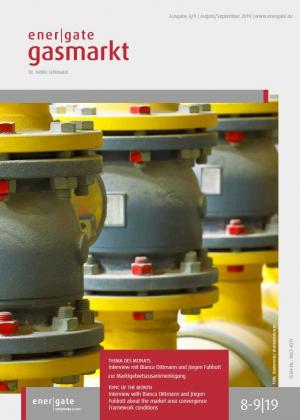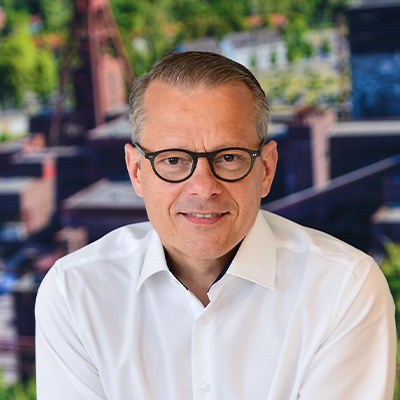The “marco” (market area convergence) project of the German TSOs was launched roughly one and half years ago. This publication first reported about the project in May last year (ener|gate Gasmarkt 05/19) and has tried to follow the different developments since then. Initially, the whole process focussed mainly on the internal processes and communication among the TSOs, while external communication was rare. This changed substantially later on. As expected, the question of the capacity provision in the new joint market area proved to be the most significant issue. In February, the TSOs presented the capacity model NewCap during a workshop at the sidelines of the energy fair E-World in Essen. The main outcome: Only 22 per cent of the FZK entry capacity from the Network Development Plan (NEP) 2018 – 2028 can be provided as FZK at the entry points into the joint market area based on the physical capabilities of the networks (ener|gate Gasmarkt 03/19). The TSOs offered solutions as part of their presentation: Market Based Instruments (MBIs) could compensate the missing physical interconnection capacity between the two current market areas for a comparably small amount of money. The TSOs proposed two network or transportation-based instruments and one trading tool:
• Wheeling, i.e. short-haul transportation between two neighbouring flanges using the network of an adjacent foreign TSO.
• Long-distance transportation through thirdparty networks, i.e. the connection of two border points by longer transportation through the grid of an adjacent foreign TSO.
• Spread product, i.e. the simultaneous buying and selling of gas before and after a congested network part on an exchange platform.



